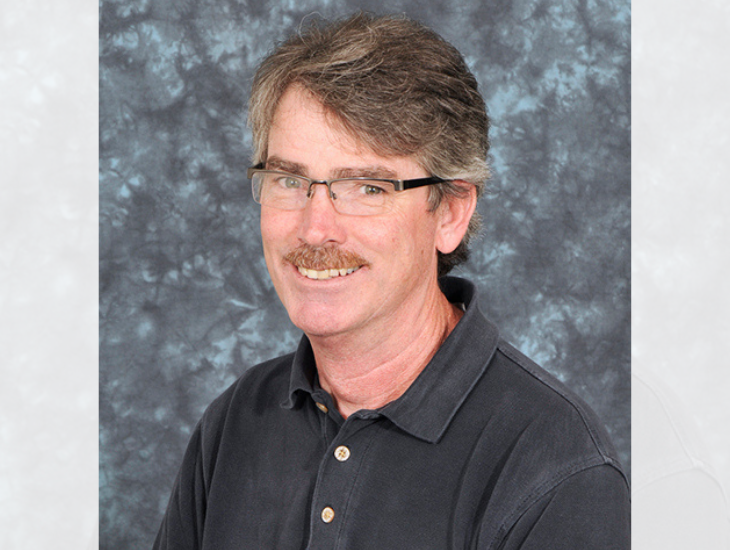Scott Guth was skeptical when he first learned in 2010 of the Carnegie Math Pathways’ efforts to remove the remedial math barrier for students.
“The notion of removing prerequisites to college level classes was outside of what I thought was possible,” he said.
Today, Guth has roughly a decade—and counting—of experience in teaching, creating, and improving Statway lessons together with educators in the Carnegie Math Pathways Networked Improvement Community (the network of educators and staff at institutions nationwide that teach Statway and or Quantway).
One of his earliest collaborations with the Pathways network was a project in which he was filmed teaching Statway for the Pathways Faculty Improvement Team (FIT). This project helped the FIT team develop guidance for educators teaching the Pathways.
“It taught me the discipline of allowing students to struggle and posing things in a way that gives them what they need (to solve problems),” he said.
Guth is a member of the PathwaysCurriculum Committee, where he creates Statway lessons with other members of the NIC. As a committee member, he has designed countless images, tables, and interactive activities to help improve the Statway experience for students.
He’s also seen a lot change since the days when he thought the Pathways mission was impossible and throughout his 30-year career as a professor at Mount San Antonio College. In 2018, the system that long enabled non-credit bearing remedial math courses to flourish was dramatically transformed by the passing of California’s AB 705.
The bill says that a college or community college district must maximize the probability that a student complete transfer-level coursework in English and math within a year. It also requires that these institutions consider high school coursework, high school grades, and high school grade point average when placing students into English and math courses.
“AB 705 made it illegal to require prerequisites for math and English without validating that they substantially improved the chance of success in the college-level course,” he said.
As the remedial math landscape has changed, Guth has innovated with the NIC on new ways to help students succeed in math, including helping create the Statway College and Statway Corequisite course offerings. He is now helping the NIC transform those materials into an online course.
Despite his mark on many Statway lessons, he doesn’t highlight any one lesson as his own, crediting instead the collective work of the Curriculum Committee.
Despite his initial skepticism, Guth has become an advocate for Statway, even penning an op-ed in LA School Report in 2017 in support of the program.
“I think there are people that (think) we’ve made the curriculum easier,” he said.
“Actually, we’ve made it relevant to people who never saw any purpose for the (math) that they were being asked to do in college.”
When he faces skepticism in his department about disrupting the status quo with Statway, Guth says he shares a group photo of the faculty in the NIC who continually work together to develop the program’s curriculum.
“The NIC is a group of teachers—just like you.”
